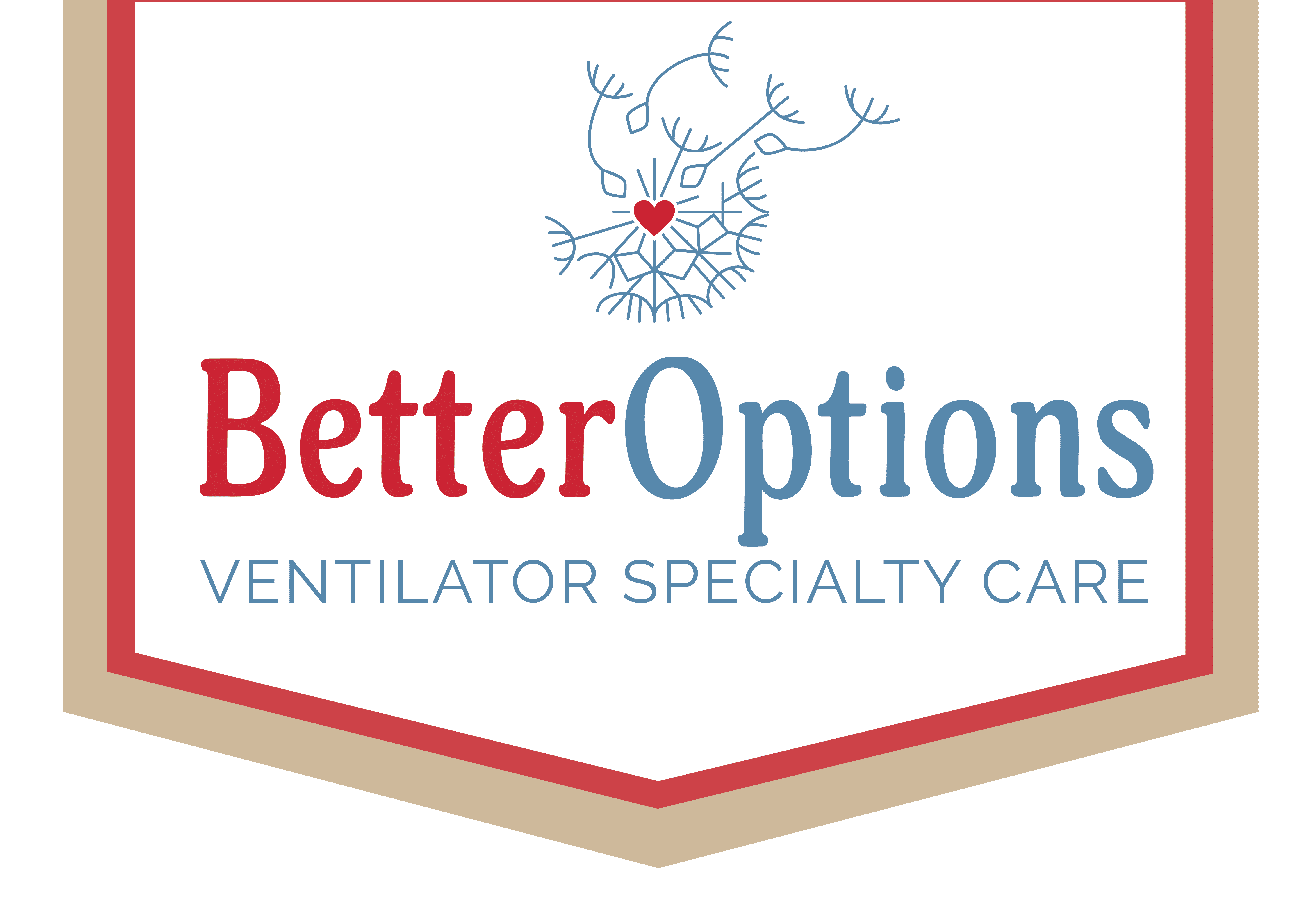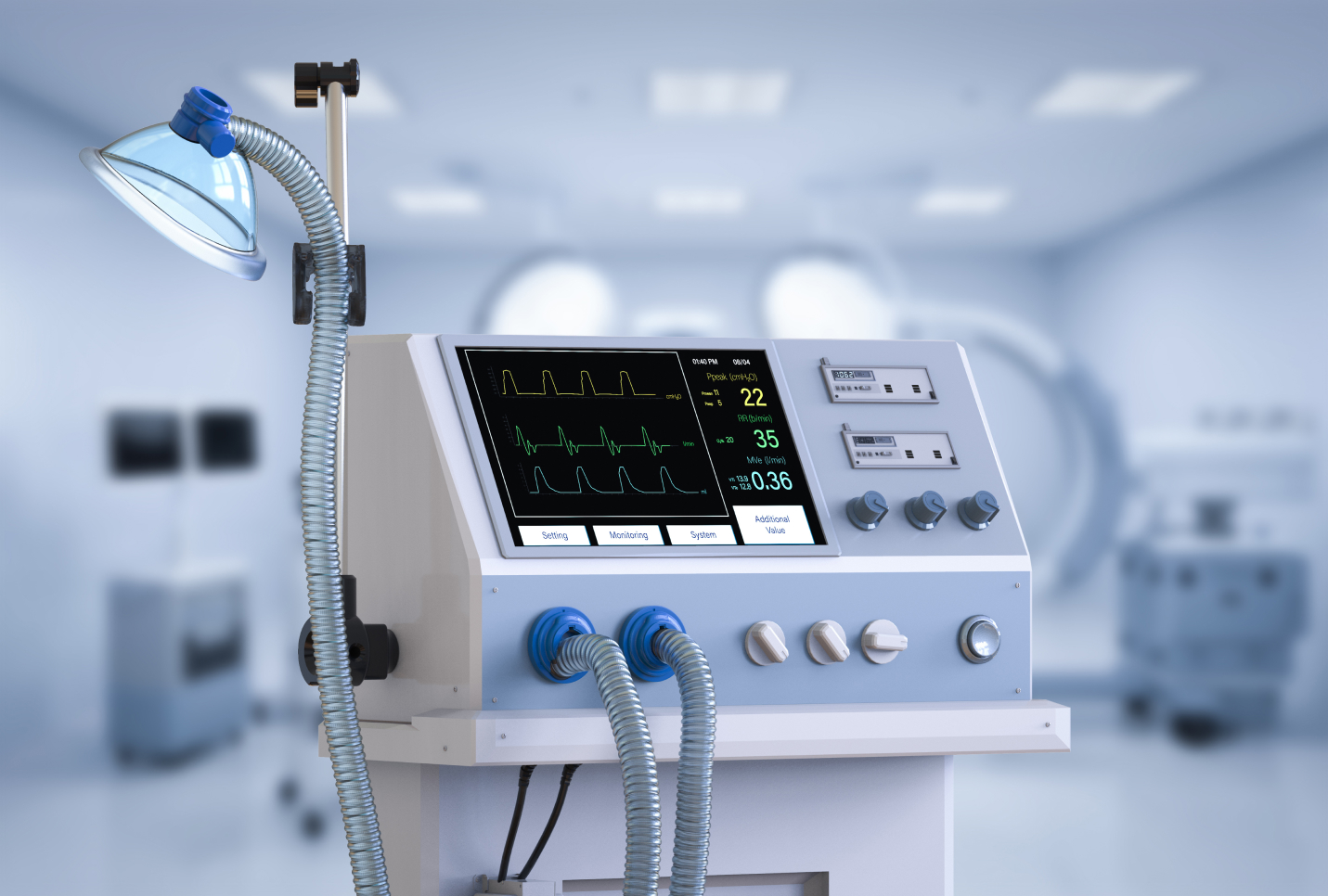It is difficult to predict the recovery time or even life expectancy of ventilator-dependent patients. However, certain movements and responses from such patients help doctors not only to predict the improvement in the patient’s condition but also recovery time. Thence, it is paramount to regularly monitor and understand these responses as they could lead as a ray of hope for patient’s family and guidance for healthcare providers.
In this article we will look for some special signs that help as a scale of measuring improvement in the condition of the patient.
Localized Response
In the early stage of improvement, patients start showing reflex actions or responses against certain commands. Ventilator patients generally remain unconscious due to their health condition or sedation they are provided with. But their responses against happenings in surroundings indicate alertness and improved cognitive function which in turn indicates patient’s improvement. These signs and responses are though slow and inconsistent but considered as more appropriate indicators.
Eyes and head movement, responsive facial expressions, turning in the direction of sound, and pulling away from anything causing discomfort are some common signs patients start showing while recovering. There are also some other responses, like blinking of eyes, sticking tongue out or hand movement like gripping and releasing, that healthcare providers can ask patients to measure the scale of betterment.
Oxygen Saturation Level
Oxygen saturation level is a significant determinant to measure the health graph of the ventilated patients. It indicates the capacity of patient’s blood to carry oxygen inside body. This level seems to stabilize as soon as patients start recovering. This level, when touches the normal range as specified by the medical norms, indicates that lungs are normally exchanging oxygen as well as patient is showing positive response against treatment.
Response Against Changed Ventilator Settings
It is a common practice to monitor the survival of the patient on reduced levels of oxygen and PEEP. These practices help to determine the strength and functionality of the respiratory muscles and indicate whether patients can breathe on their own and survive without ventilator. Positive response from a patient against these tests is a strong determinant of his successful journey towards recovery and going back to home.
Survival of Ventilator Patient Without Assisted Breathing
Patients dependent on long term mechanical ventilation are passed through weaning trials to opt for their overall health condition and further dependence on ventilation support. Patients are removed from machines for sorter time on a daily basis to encourage spontaneous breathing and check their capability to breathe without any assistance. Passing this test, stamps on the improved respiratory function of the patient and ensures the recovery of the patient soon.
Conclusion
Having a keen eye on patient’s signs of improvement helps both the caretaker and health care provider as these signs clear the picture of patient’s recovery and response to the treatment. Positive responses from patients serve as a hope and motivate all those who are closely concerned with the health of the patients. Doctors can make timely decisions regarding treatment and discharge of the patients from ventilators while considering the signs of improvement in patients.
Better Options is the Premier Facility for Ventilator Patients in Vancouver WA, USA
BetterOptions offers the highest quality of services, personnel, care and facilities with a home-like atmosphere to provide the highest quality of care for patients with ventilated dependent conditions. Call Us Now (+01) (360) 607-8028) OR Send An Email for more information.



Mary October 26, 2023 at 5:48 pm
Wish I had some drs that cared ! I should never been left on oxygen! I’m 67 years old I wish I had some one who cared !